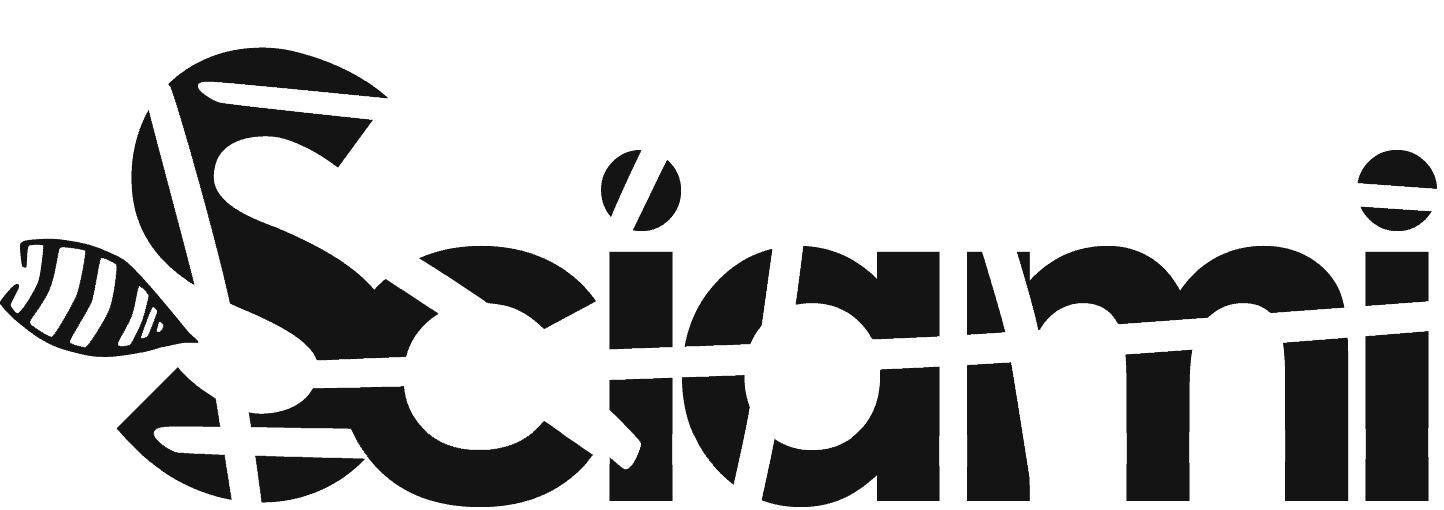The process of obsolescence of recording and reproduction technologies, and the oblivion of the resulting works, do not define the only perspective from which we witness the risk of “cancellation” of the artist's videotapes, witnesses to the origins of the “video art” in the late 60s and early 70s. In other words, the fragility and the instability of the analog support exposed to physical-chemical and mechanical alterations (ie the irreversible wear of the magnetic tape which, passing through the readers’ heads, degrades the electronic signal and progressively “erases” the inscribed works in this support) they do not constitute, in fact, the only evidence of the risk of dissolution affecting the cultural history of this type of works. In the choice of the computer applications of which they are the object - with respect to the processes of migration from analogue to digital, of active conservation and restoration - a peculiar logic of “cancellation” acts here that we intend to investigate.
This article is available in ITA.
